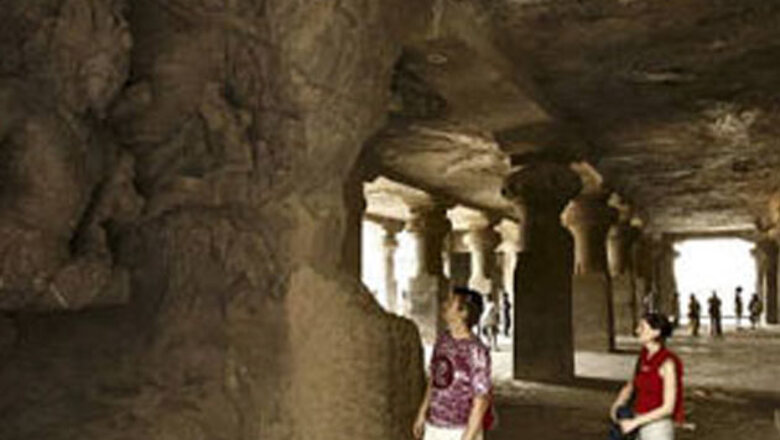
views
Tiruchirappalli: An archaeological study in Tamil Nadu has thrown light on interesting facets of cave temple architecture during the Pandyas-Pallavas reign, besides uncovering musical inscriptions engraved on some temples.
The study has revealed that cave temples of the Pandyas and the feudatories exhibited several cult images of Ananthasayi (Lord Vishnu), Lord Ganesh and Durga, which were not seen in the Pallava corpus of cave art, D Dayalan,
Superintending Archaeologist, Temple Research project, said.
The cave temples in non-Pallava region contained inscriptions that facilitated a workable chronological sequence.
The inscriptions provided additional clue to cross check the sequence of cave temples.
He said a majority of the cave temples in non-Pallava region were the handiwork of laymen and only few showed the royal patronage, whereas it was not so in Pallava cave temples.
The study revealed interesting details about rock cut cave temples. The rock-cut cave temple at Tiruchirappalli and unfinished rock cut cave at Tiruvellarai near Tiruchi, and Pechipalai cave temple had the same layout.
The concept of common group of Pantheistic nexus, the Shanmata (Sanskrit, meaning six opinions-- in this six major deities are worshipped) was again an inimitable feature found in some cave temples in south Tamil Nadu.
The pantheistic concept was perhaps an unique synchronism and amalgamation of various cult worship at one centre.
The lower cave temple of Tiruchirappalli, cave temple at Tiruparankunram and the unfinished cave temple at Tiruvellarai had two principal shrines, one for Lord Shiva in the east, and one for Vishnu in the west and a central bay.
The reliefs of Lord Brahma, Skanda, Surya, Ganesh, and Durga were found on the hind wall of the Central bay, he said.
The grouping of many Gods and Goddesses in single panel was found in bas-relief panels and plaques of Tiruttani, Uthiramerur,and other places in Pallava region, he said.
An interesting feature of cave temples at Kudumiyanmalai, Tirumayam and Malaykoil was that they had "musical" inscriptions engraved on or near the temple.
Large musical notations had been engraved on an almost all vertical scarps of rock. The musical epigraph at Thirumayam had been badly chiseled off, he said.
All three places contain a code word "Parvardiniye" inscribed in rectangular and similar character, he said.
According to the musical inscription, the person who codified svaragamas was a great devotee of Maheswara (Shiva) and disciple of Rudhracharya. The person who systematised the music potentialities was Gunasena. "Perhaps, the first music books were in the form of inscriptions," he said.
















Comments
0 comment